05 Sep Taters and Carrots…a Harvest of a Different Color
San Luis Valley, Colorado
I’m pretty sure I’ve mentioned this before…the San Luis Valley is an amazing place to see all sorts of different crops being grown and harvested. Maybe it’s just interesting to me because the crops I’m most used to seeing consists of soybeans, corn and wheat. Maybe it just seems so much more magical because of the mountains that surround the valley. Whatever it is…I’m in love with this valley!
I’m not sure what day it was or what we were doing (and it doesn’t matter) when we came upon the carrot harvester. At first, we passed right by it because I’m sure we were on a mission to get something – like a header trailer. I attempted to take a couple of pictures on the move when Jim said, “Would you like to stop and watch this for a minute”? Why, yes I would.
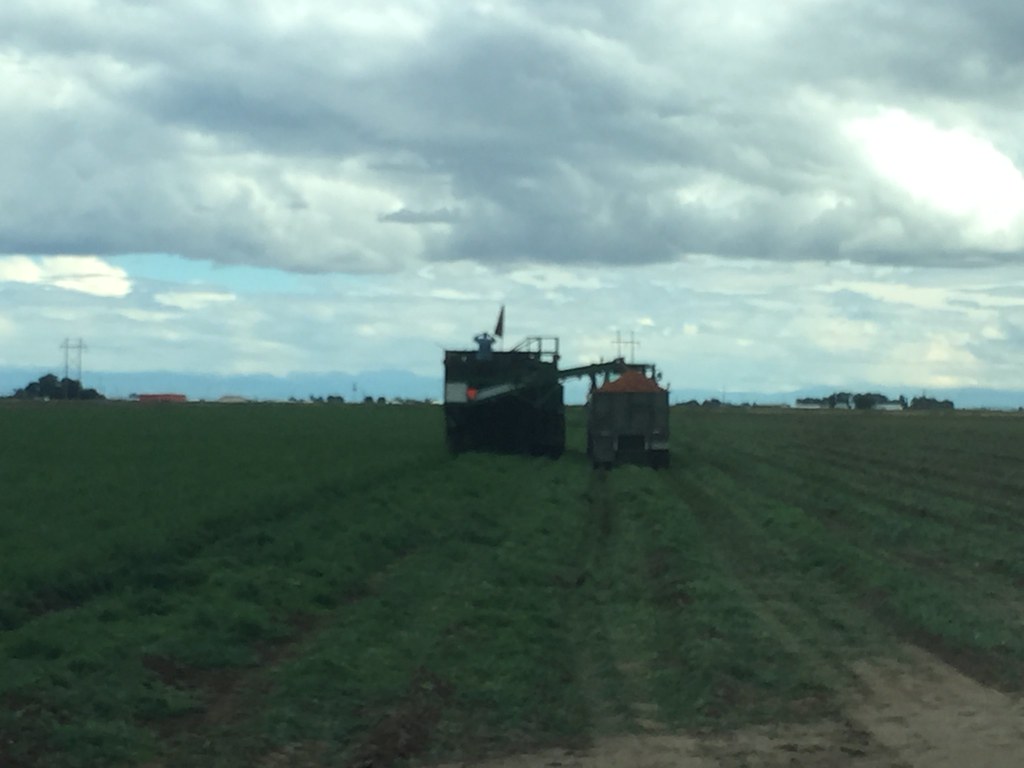
Unfortunately, this is not a very clear picture and I considered not even using it but thought even a blurry picture of something you don’t see everyday is better than none at all.
So I had lots of questions about the San Luis Valley carrot harvest. The person I decided to start asking those questions to was the farmer we were cutting malt barley for, Cory Myers of M&G Farms. I asked him what would happen with the carrots we saw being harvested. This is what I found out and felt it may be interesting to those of you who only know that carrots are bagged and can purchased at the grocery store.
There are 1,200 acres of carrots grown in the Valley for Grimmway Farms. Grimmway’s main farm and headquarters is in California. The farmers who grow carrots for Grimmway are contracted to only grow the carrots. Grimmway provides the equipment necessary to harvest the crop and move the product to where it needs to go.
The harvesting machine loosens the sandy ground as a rolling mechanism (much like a corn head) gently pulls the carrots out of the ground. There are knives that cut the tops off the carrot while they are in motion inside the machine. The tops go out the back of the machine while the carrots travel on a conveyor belt and are dumped into the truck. The carrots will be cut into 2″ pieces and turned into “baby carrots.” To learn more about this process, click here to be directed to Grimmway’s website. There is a very interesting video explaining the harvest and the process of what takes place after the carrots are dug.
Cory told me any tops that didn’t get cut on the harvester and any other carrot waste is taken to a local buffalo ranch or used for livestock feed. He said when the harvest is in full swing, there will be 25 reefer (refrigerated shipping container) loads of carrots harvested per day.
So, how many of you thought baby carrots were grown as baby carrots? Now you know.
I would be lying to you if I told you I didn’t want to stop and grab a couple of those carrots that fell from the truck!
The potato harvest hasn’t started yet. They’re right on the verge of getting started. It’s much like the beginning of wheat harvest – anticipation, excitement and just plain ready to get started is happening right now. There are a few farmers attempting but conditions must not be quite ready. I was told the majority of the potato harvest will begin about the 15th of September. Cory and his family grow potatoes and have one of the largest potato harvesters in the Valley. This particular harvester weighs 110,000 pounds stripped of all dirt and potatoes. It has a 300 gallon fuel tank and will burn 270 gallons of diesel in a 10 hour day. It separates 2″ and larger spuds from the smaller ones. The smaller ones will be used as seed or discarded because there isn’t a market for the smaller potatoes. The dimensions of the harvester is 43′ long, 26.5′ wide and 18′ tall. It will cover 35 acres per day. When harvest begins for a farmer, he will have hired at least 50 employees or more. Not only will he need people for the harvester, he will also need many drivers for the potato trucks.
The San Luis Valley grows 48,000-52,000 acres of potatoes and is the second largest fresh potato growing region in the U.S. 95% of these potatoes are for the fresh market with primary sales being to the southeast region of the United States. To learn more about the San Luis Valley potatoes, click here. Once there, be sure to watch the video that explains more about the San Luis Valley and the farmers that are in this area!
The following video is one that Cory shared with me. This is their harvester in action:
After Cory explained the harvest and all the steps involved, he got in his pickup and left. I assumed he was going back to his farm for the day. About 1/2 hour later, he returned to the field with a canvas bag. He called me over to the endgate of his pickup as he began dumping the contents of the bag. This is what he brought back to show me:
These beautiful purple and yellow potatoes are a new variety developed right here in the San Luis Valley by a local breeder working at the CSU Research Center. The name of these potatoes are “Masquerade.” Cory is the only one in the U.S. who is commercially growing this variety of potato – he planted just a little more than 11 acres this year. Last year, his crop of Masquerade potatoes made their way to eastern Canada.
Cory said these potatoes are called Mesa are the best tasting potato on the planet! There are over 70 varieties of potatoes grown in the San Luis Valley. I had no idea there were so many different kinds. Silly me…I thought russet and red potatoes were the only kinds out there. How about you? Did you know there were so many different varieties of spuds??
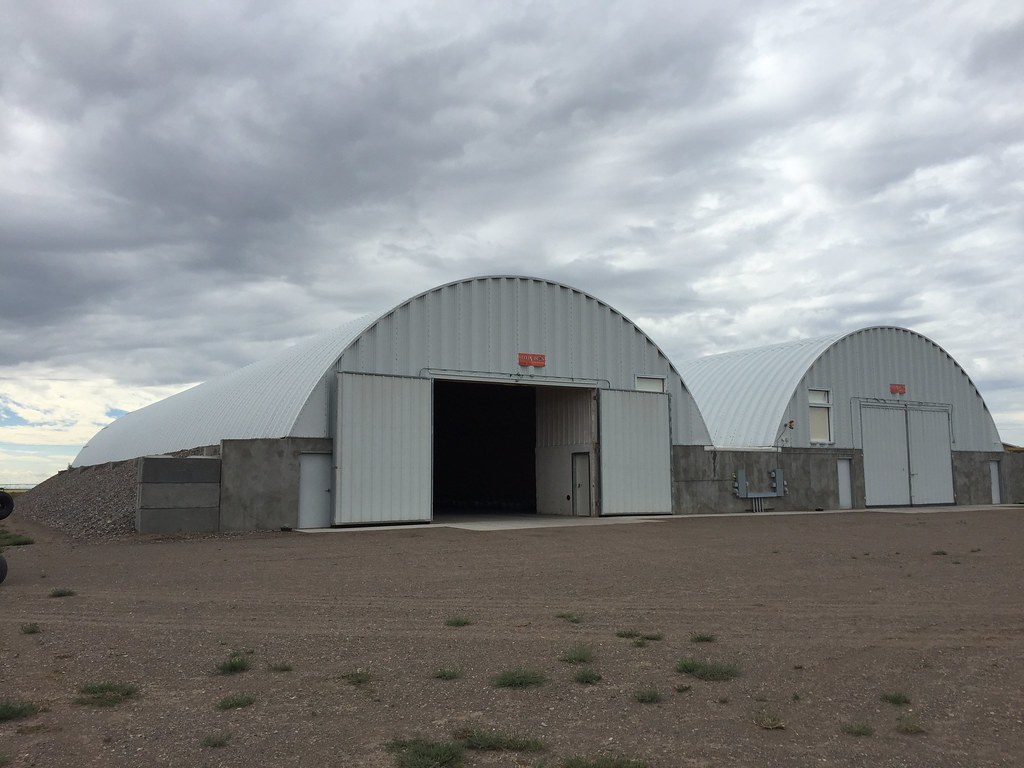
These are the newer, updated buildings used to store the spuds. The old buildings scattered through the countryside look like Midwest dugouts. They’re above ground but made from adobe with sod roofs.
I’ve enjoyed seeing so many new and different aspects of agriculture while here in the San Luis Valley! I hope my pictures and stories have spurred a little bit of interest in this unique and beautiful part of Colorado!
All Aboard Wheat Harvest™ is sponsored by High Plains Journal and New Holland Agriculture. The Z Crew can be reached at zcrew@allaboardharvest.com.

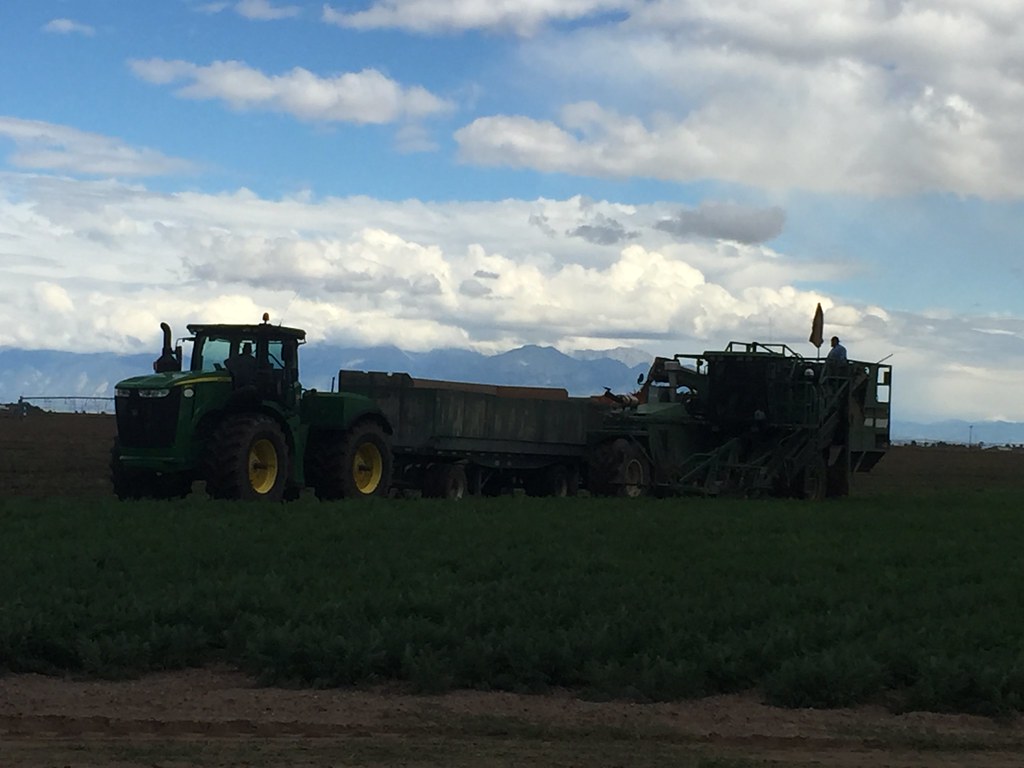
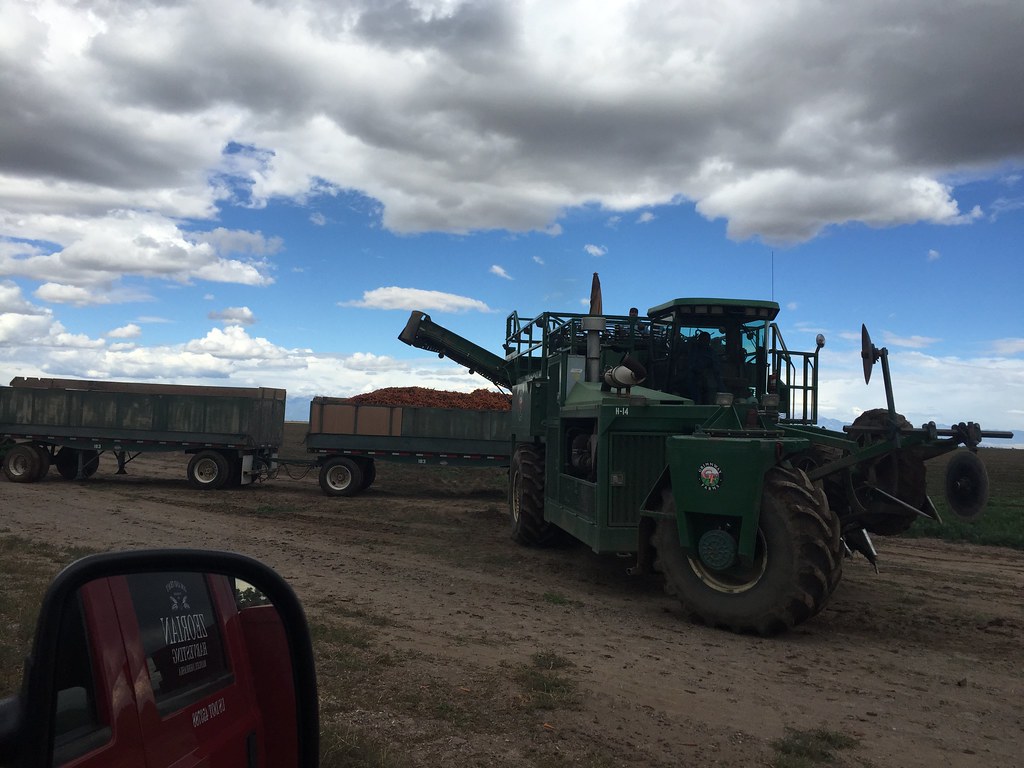
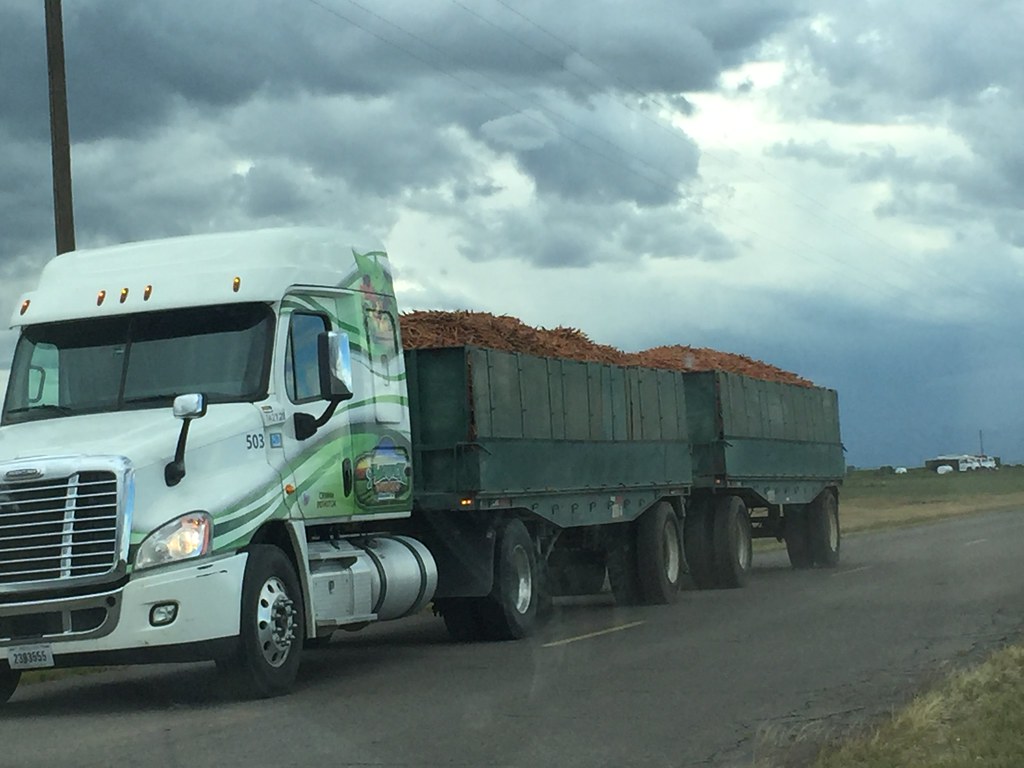
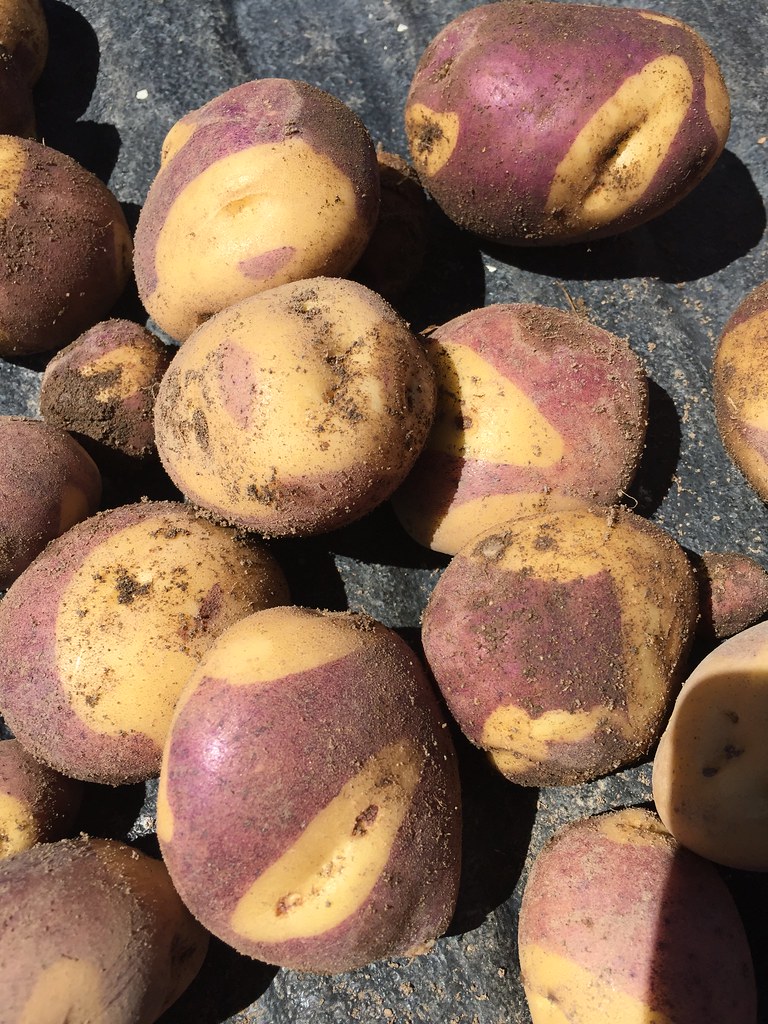

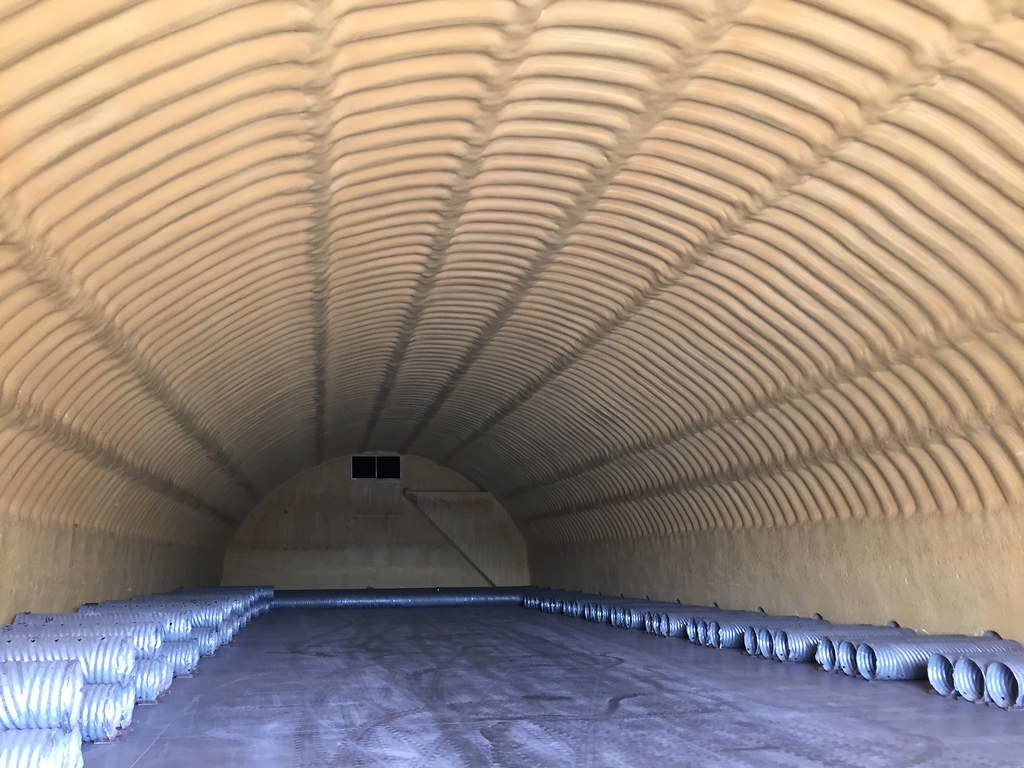
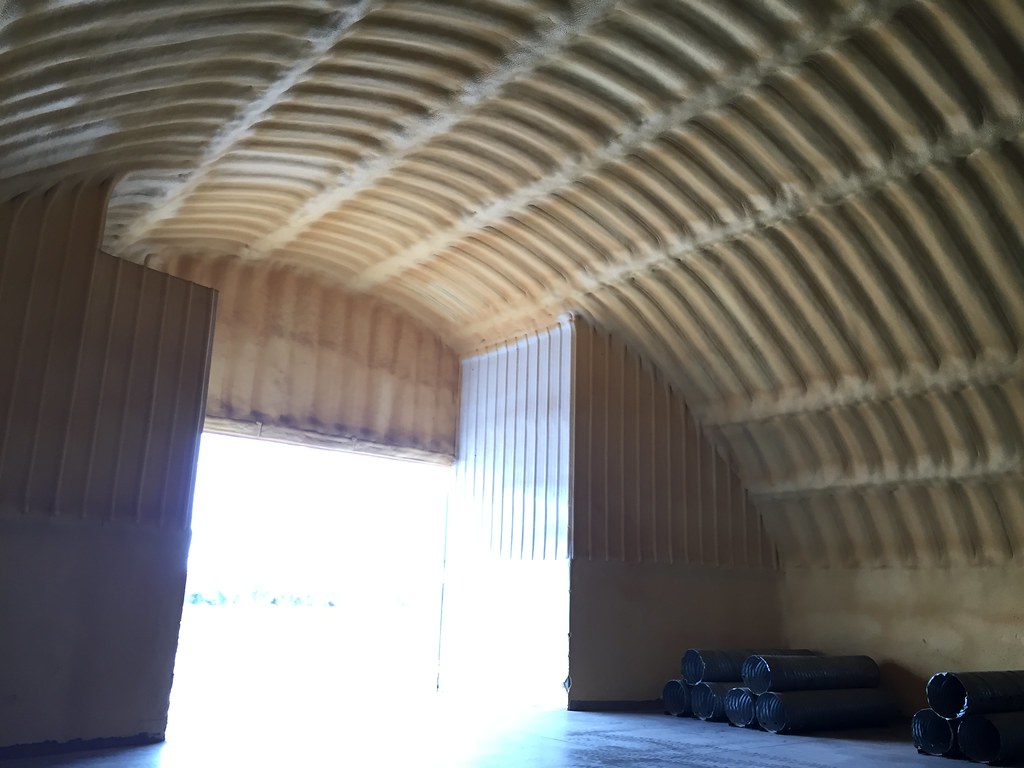
Sorry, the comment form is closed at this time.